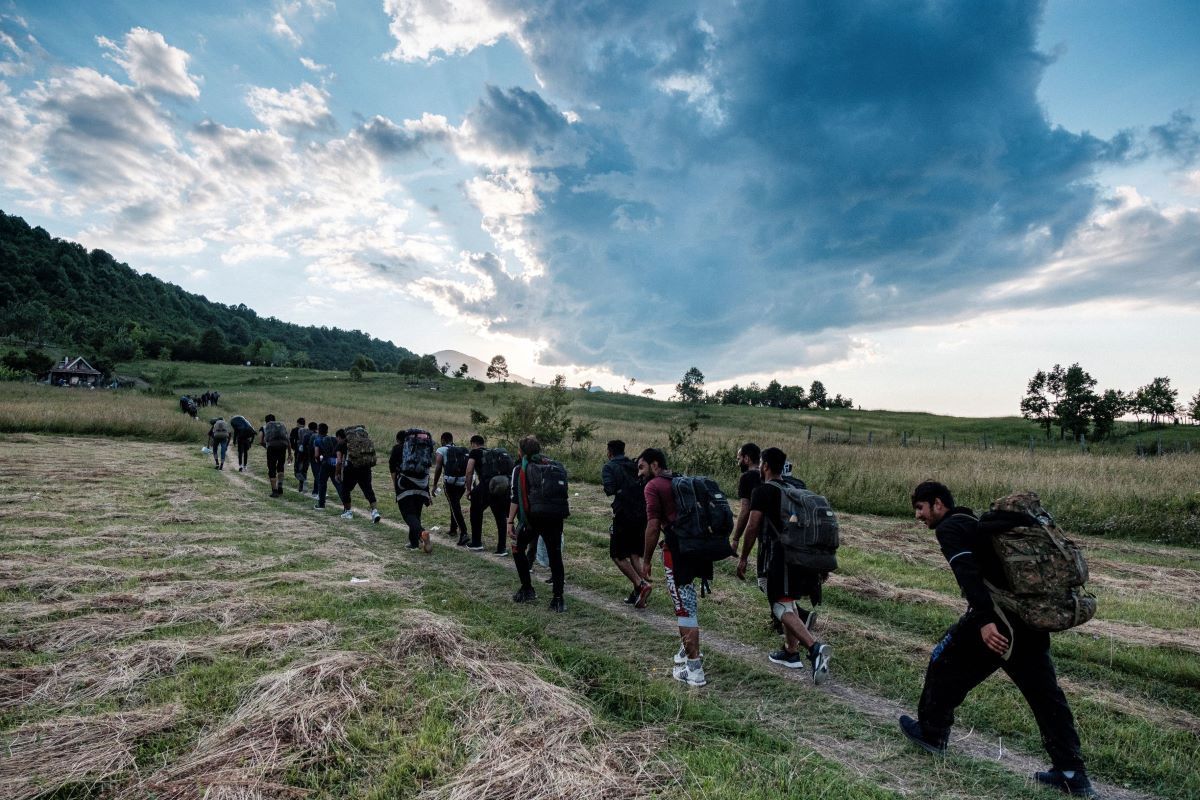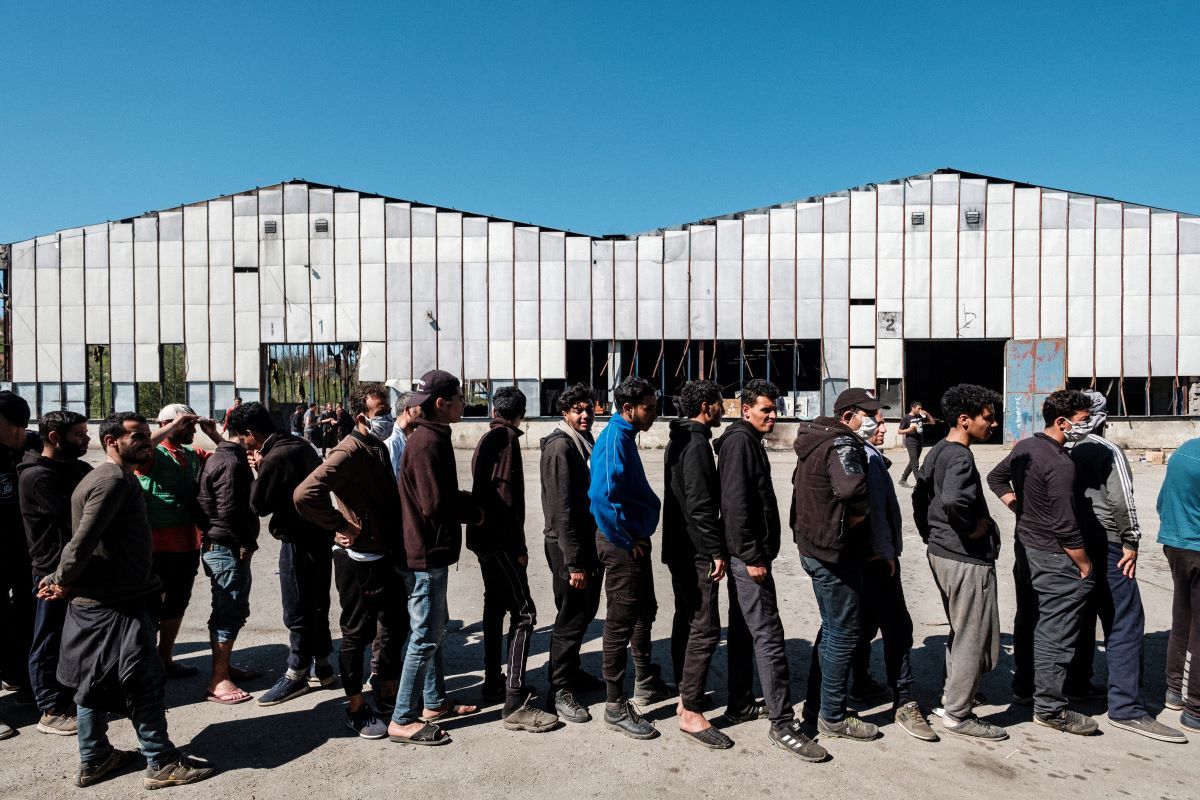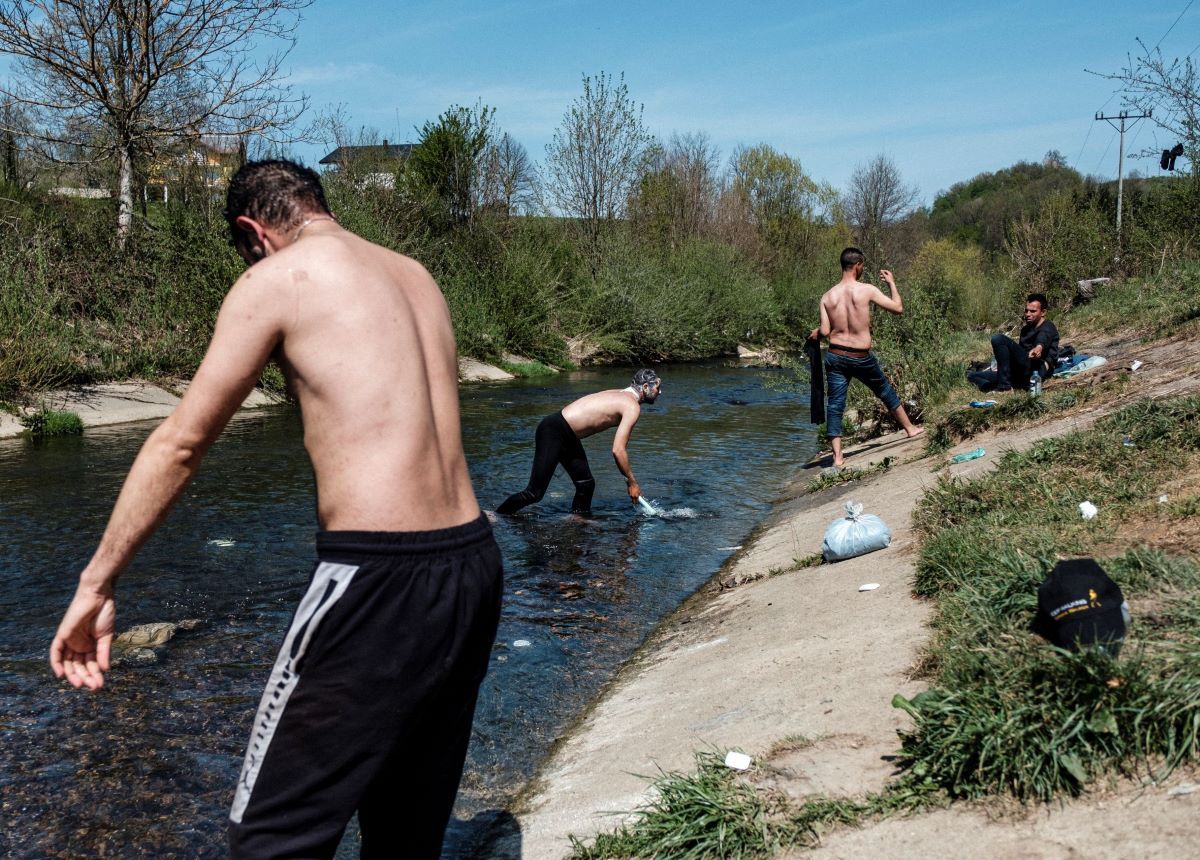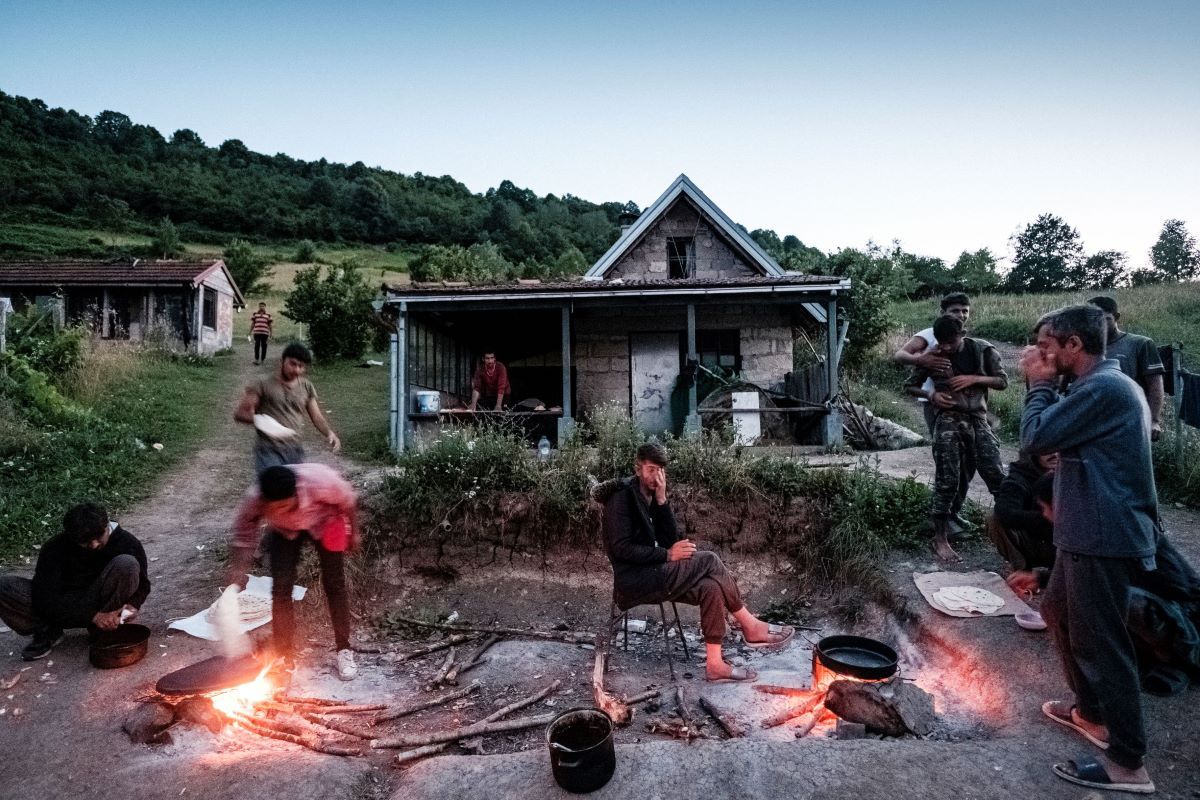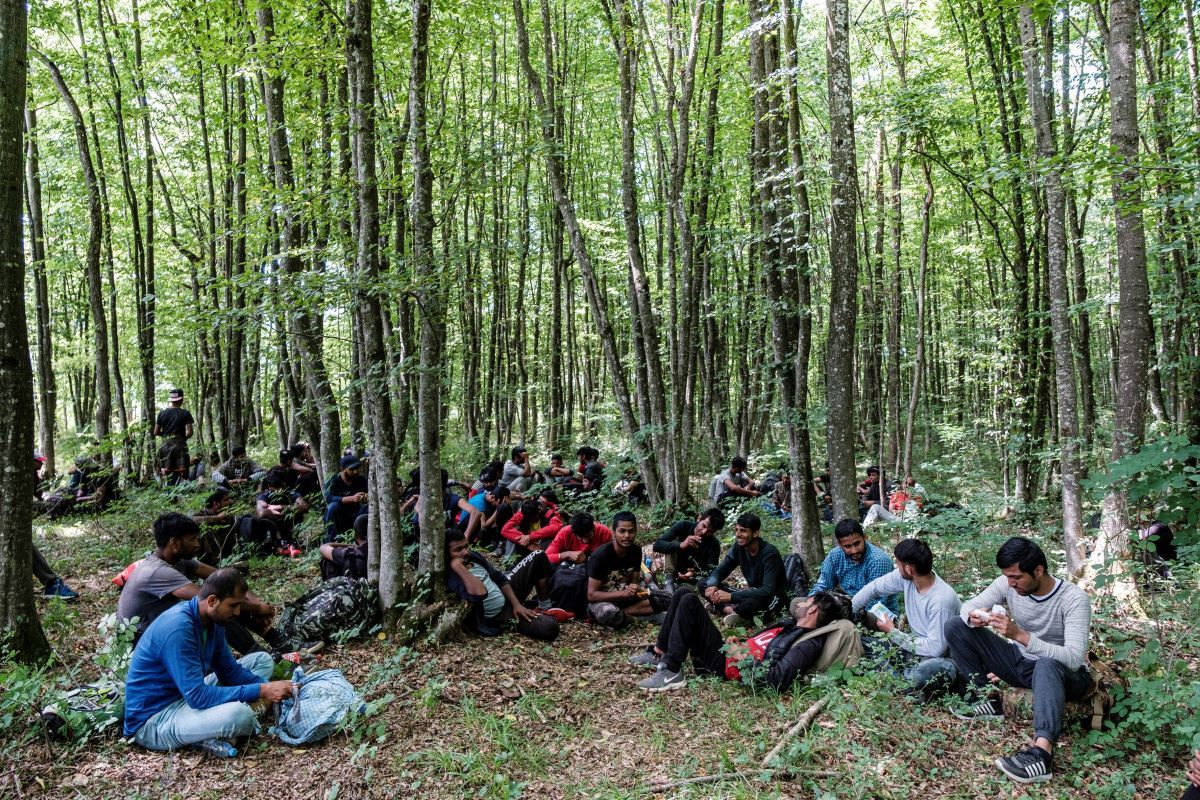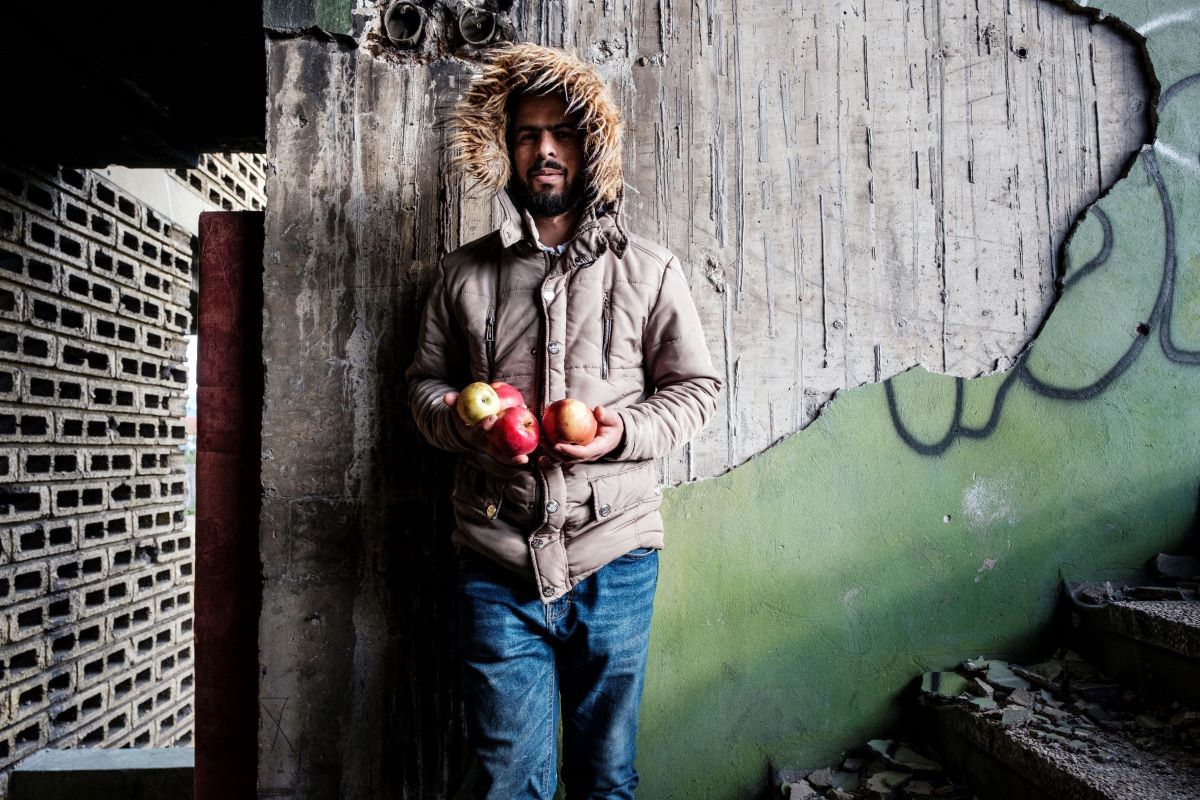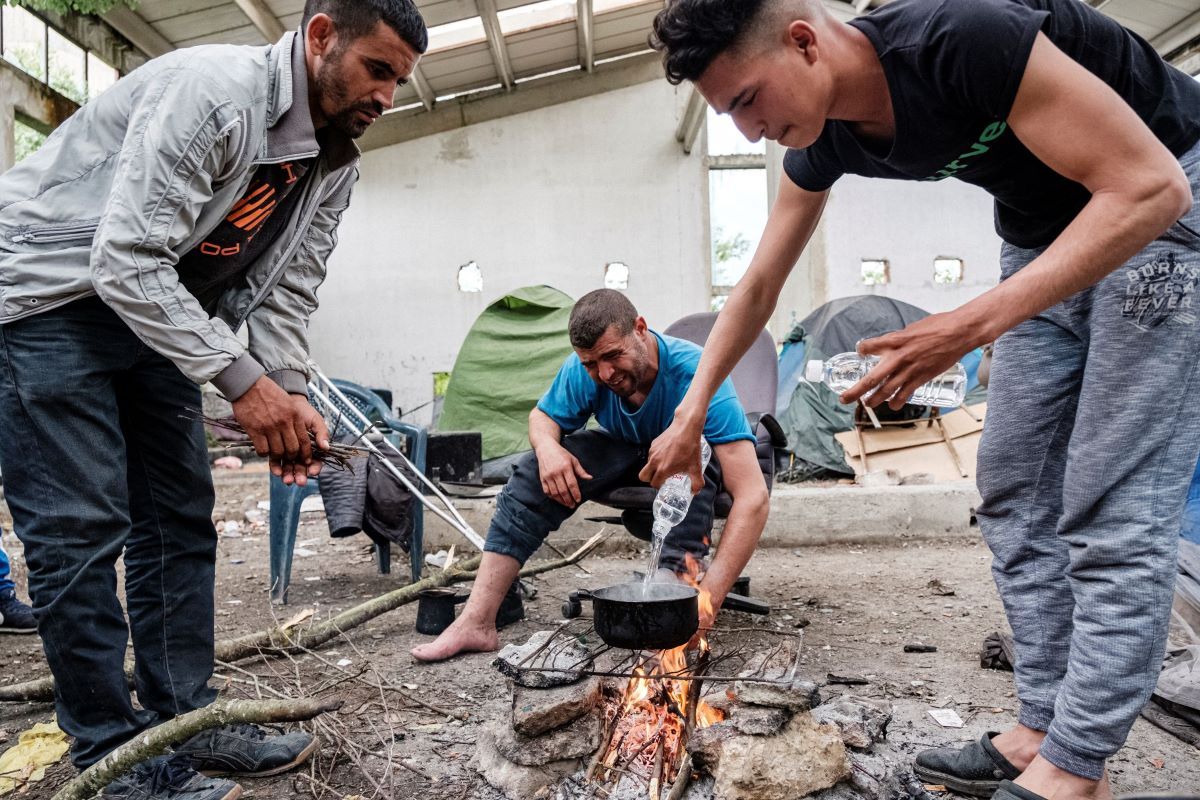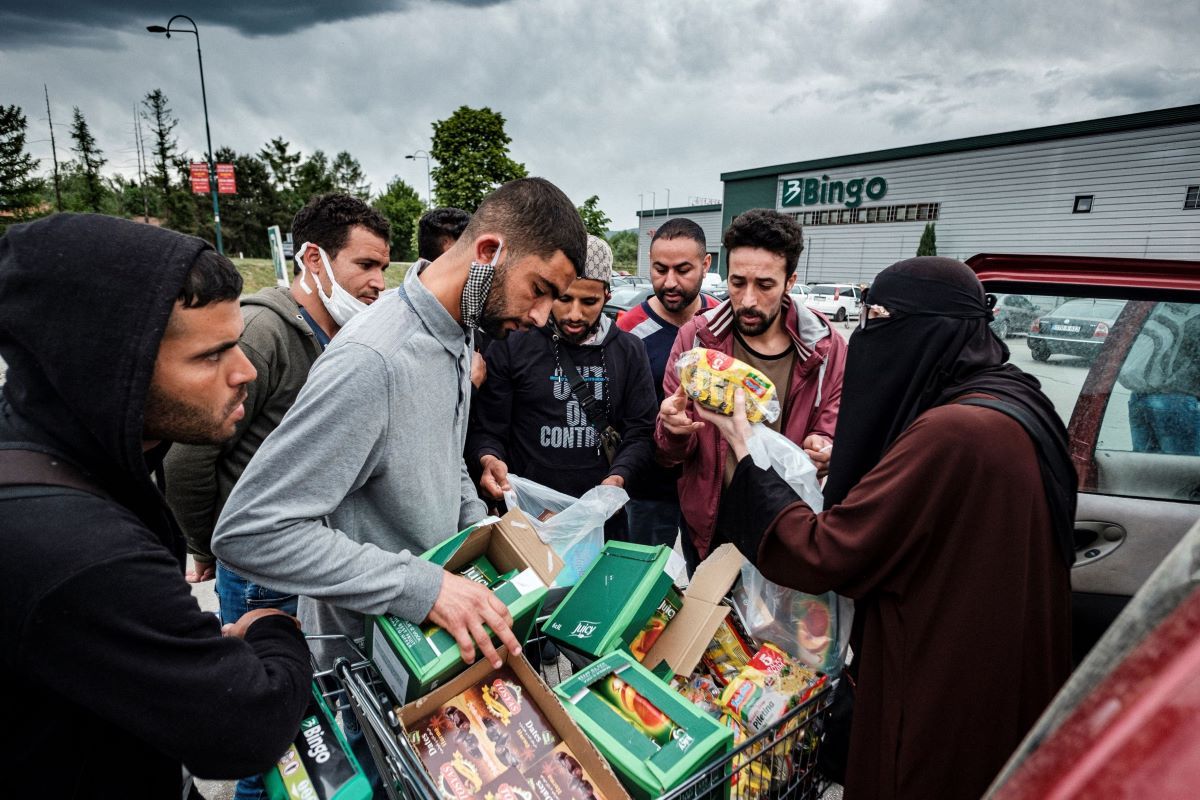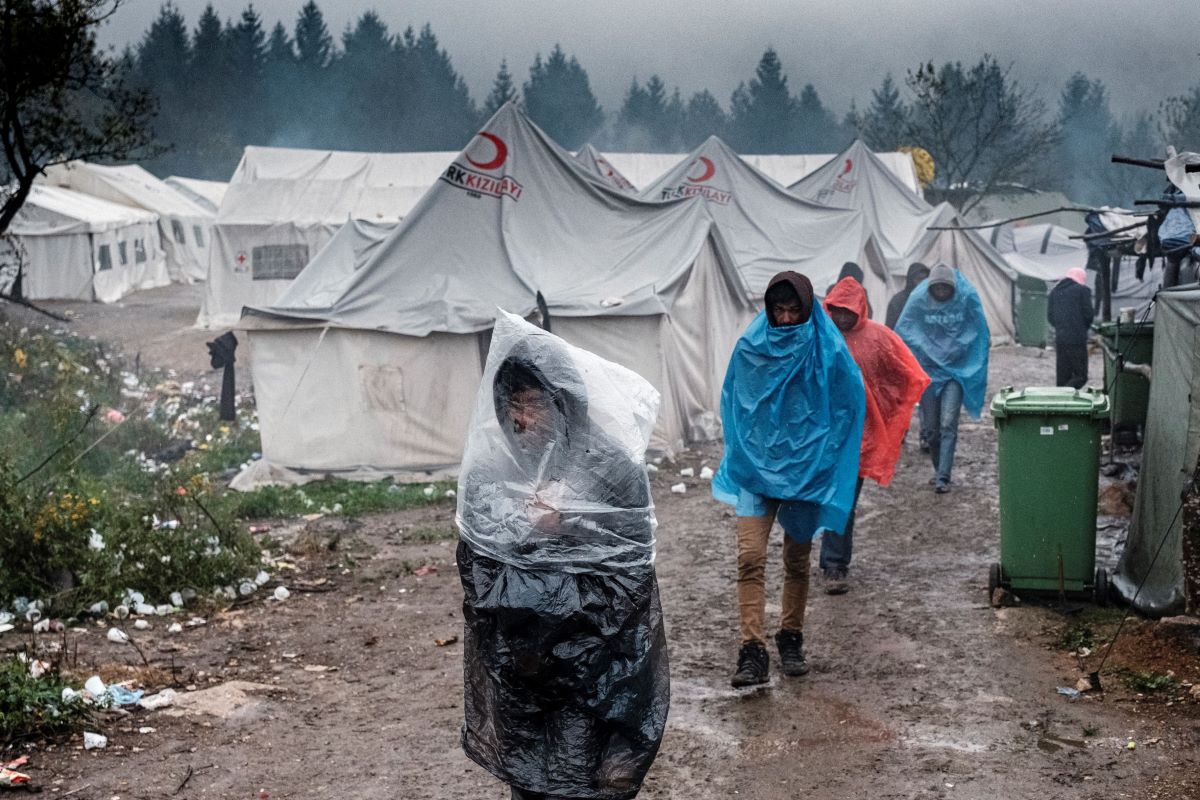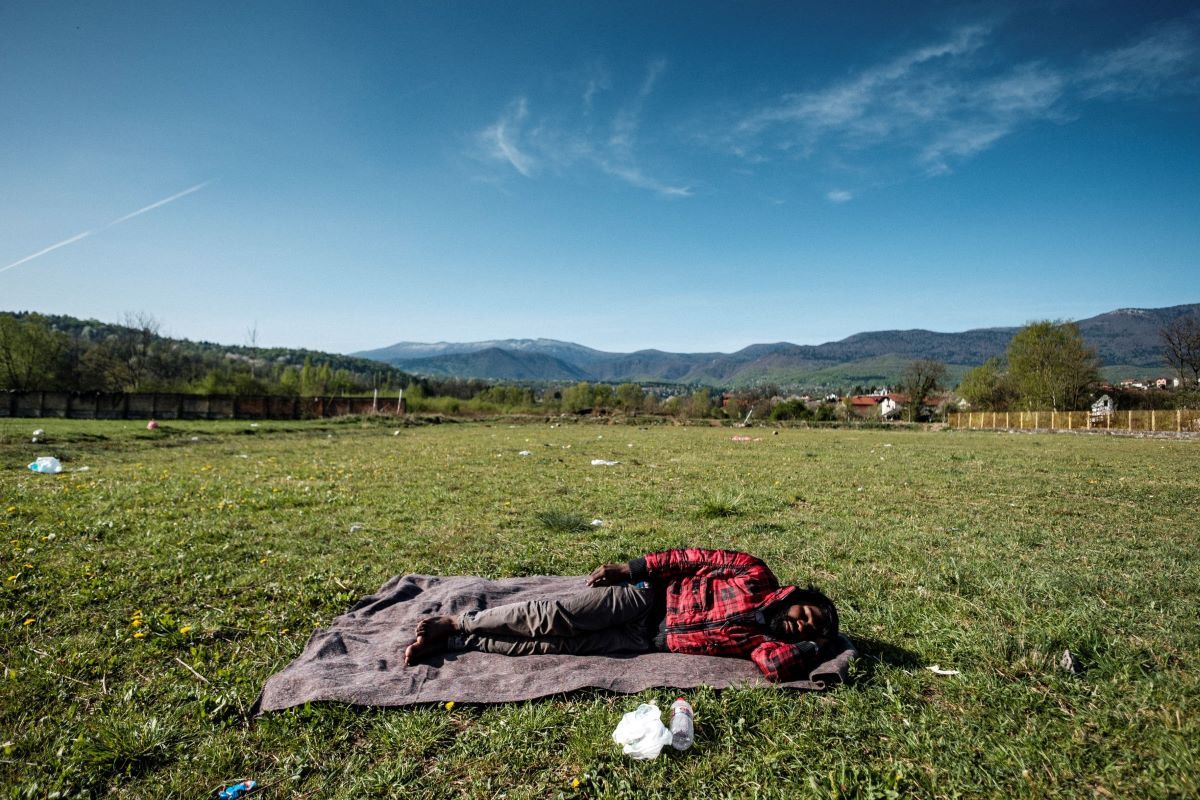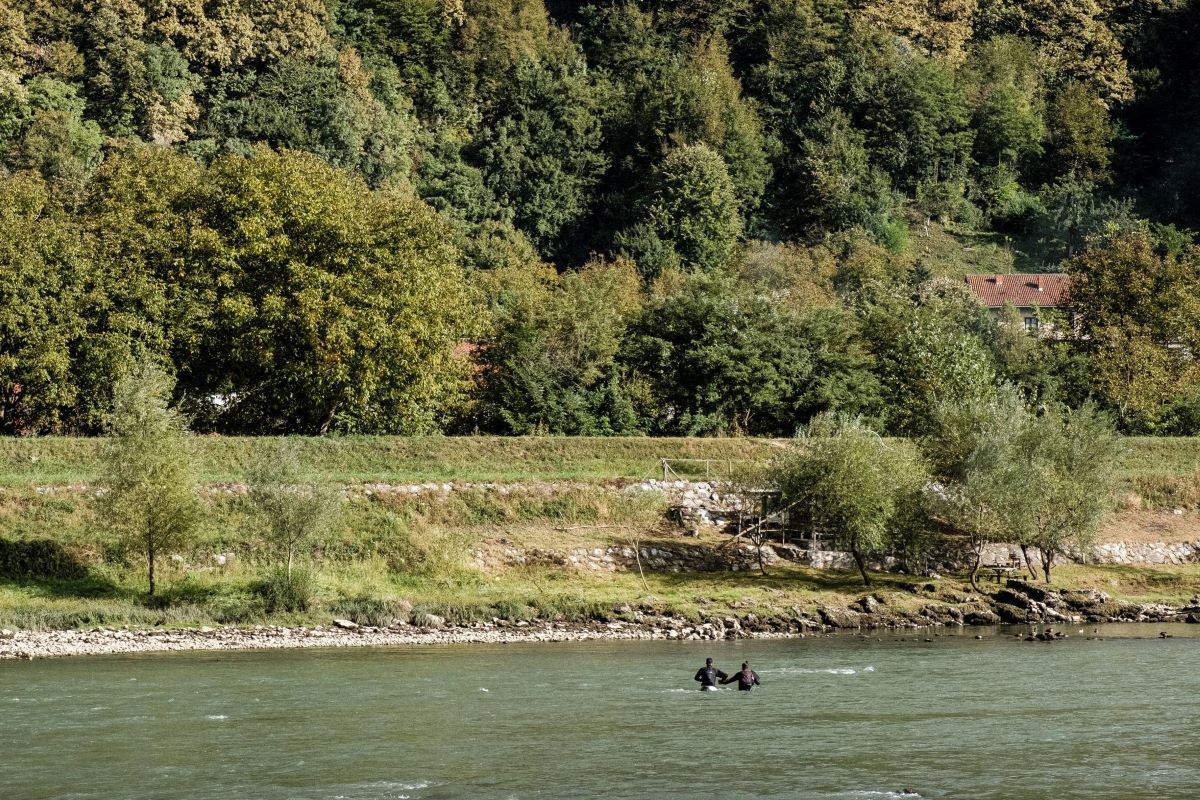This story was produced in partnership with the Pulitzer Center on Crisis Reporting, The National Geographic Society and VII Foundation.
Bosnia-Herzegovina became an unlikely gatekeeper of the European Union. Since Hungary sealed off its borders with the rest of the Balkans, Bosnia’s over a thousand miles long, porous borders became the principal gateway to Europe for tens of thousands of migrants and refugees on their perilous journey to a better life.
The majority see Bosnia as only a transit country. All they want is to get in “The Game,” a term used to describe their journey to reach the European Union.
This precarious odyssey involves navigating treacherous rivers and minefields left over from the Bosnian war, then trekking on foot through Croatia, all the way to Italy and beyond.
Even before the pandemic, the people on the move were by far the largest marginalized group in Bosnia, with extremely limited health care and precarious lifestyles, squatting in abandoned, overcrowded buildings that lack even basic sanitation.
The ongoing pandemic is quickly exacerbating the tensions between the local population and migrants. The local population is self organising in some form of vigilante groups, stopping the buses and inspecting them if they are transporting migrants, a completely illegal practice ignored by the authorities. People in the northwest of the country are largely carrying the burden of the uncontrolled influx of migrants and refugees and the pressure is mounting. All the difficulties the pandemic brought, financial insecurity in particular, are only augmenting their frustration, which could escalate into violence toward the people on the move. Cases of COVID-19 are being reported among migrants and refugees; social distancing is simply not an option for them. Given the fragility of the Bosnian health care system and general animosity toward the migrants, it is easy to imagine a disastrous scenario.
The pandemic will eventually end, but the migrants’ ordeal in Bosnia will likely continue.
The photos were published in the print version of these National Geographic magazines: National Geographic Serbia in November 2020 and National Geographic Croatia in November/December 2020.
COVID-19 Update: The connection between local and global issues–the Pulitzer Center's long standing mantra–has, sadly, never been more evident. We are uniquely positioned to serve the journalists, news media organizations, schools and universities we partner with by continuing to advance our core mission: enabling great journalism and education about underreported and systemic issues that resonate now–and continue to have relevance in times ahead. We believe that this is a moment for decisive action. Learn more about the steps we are taking.
